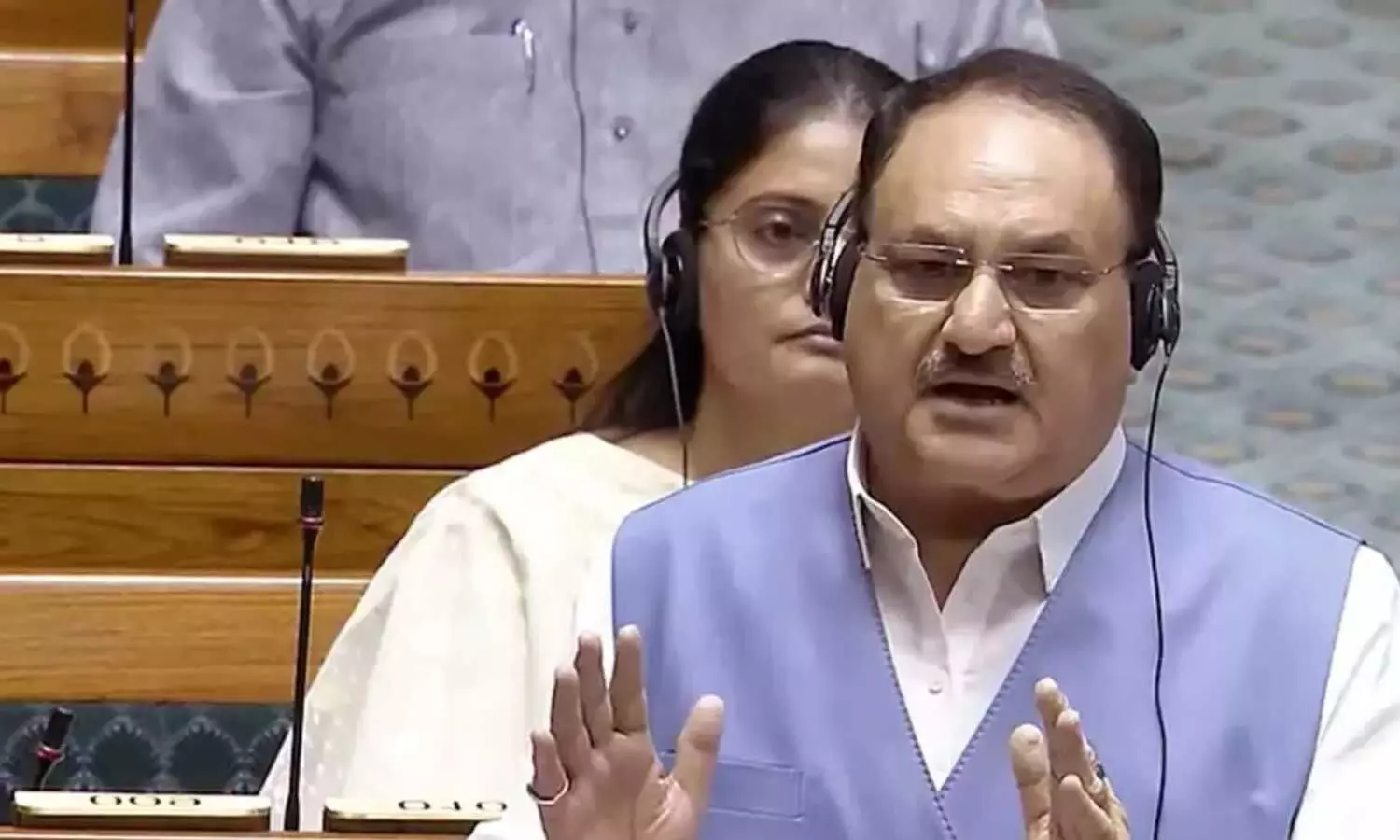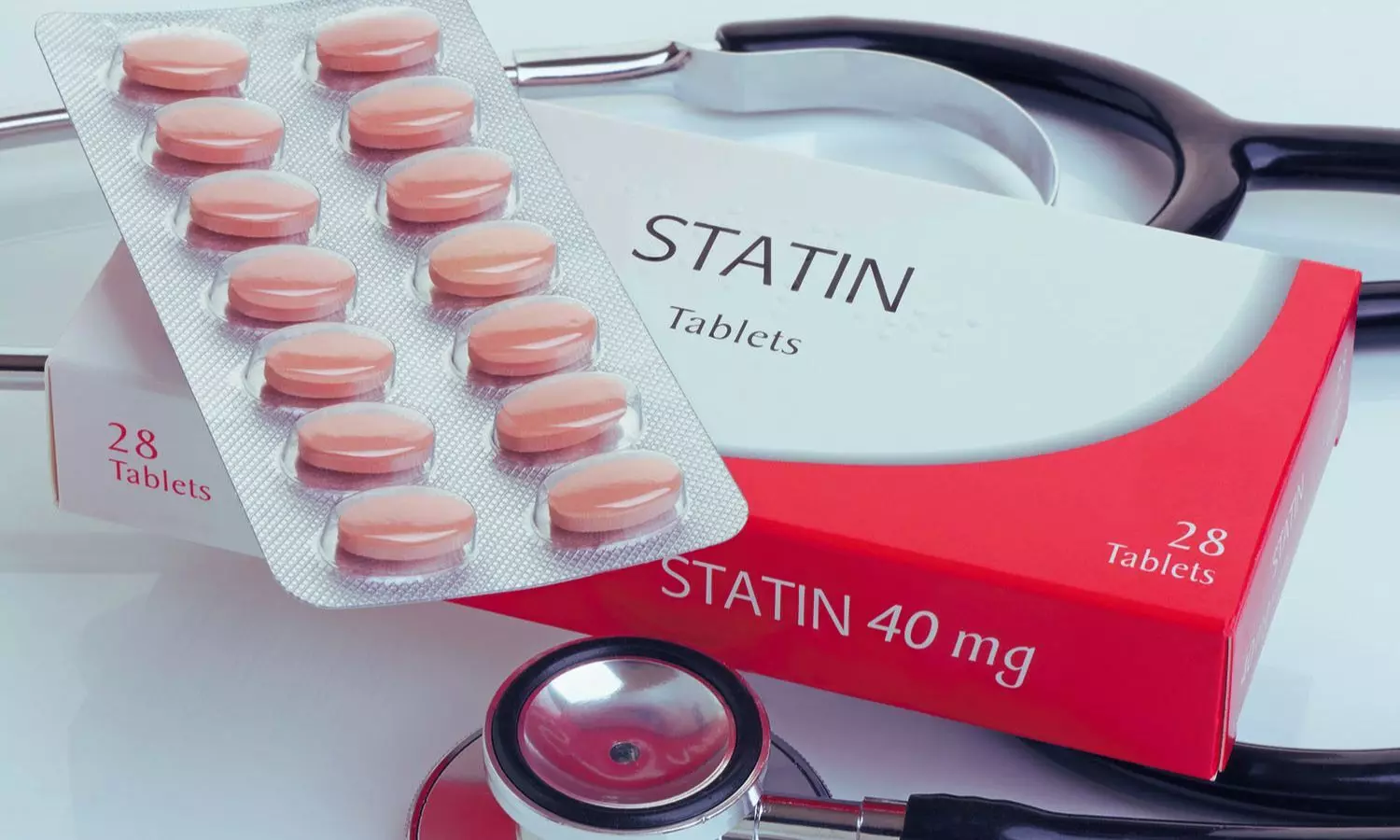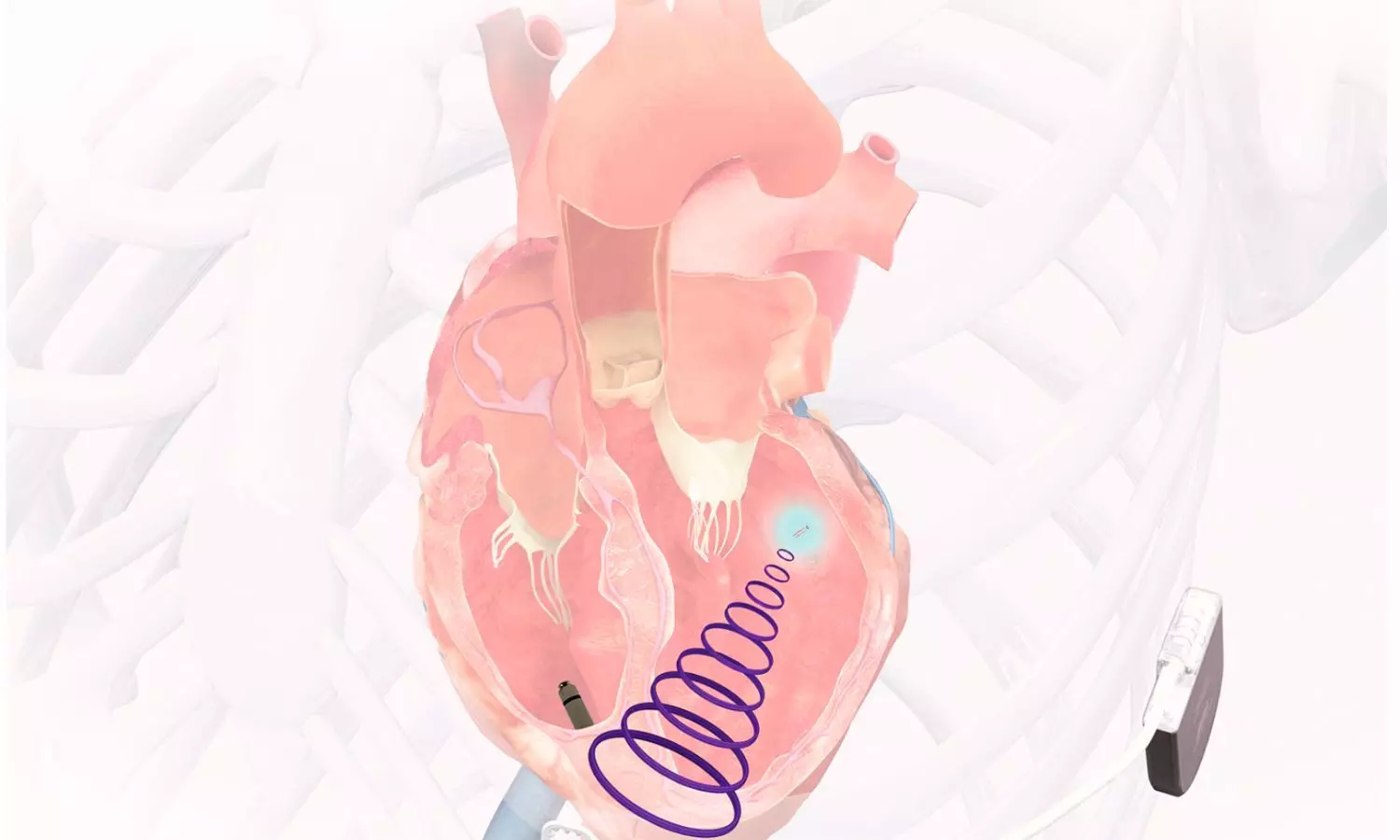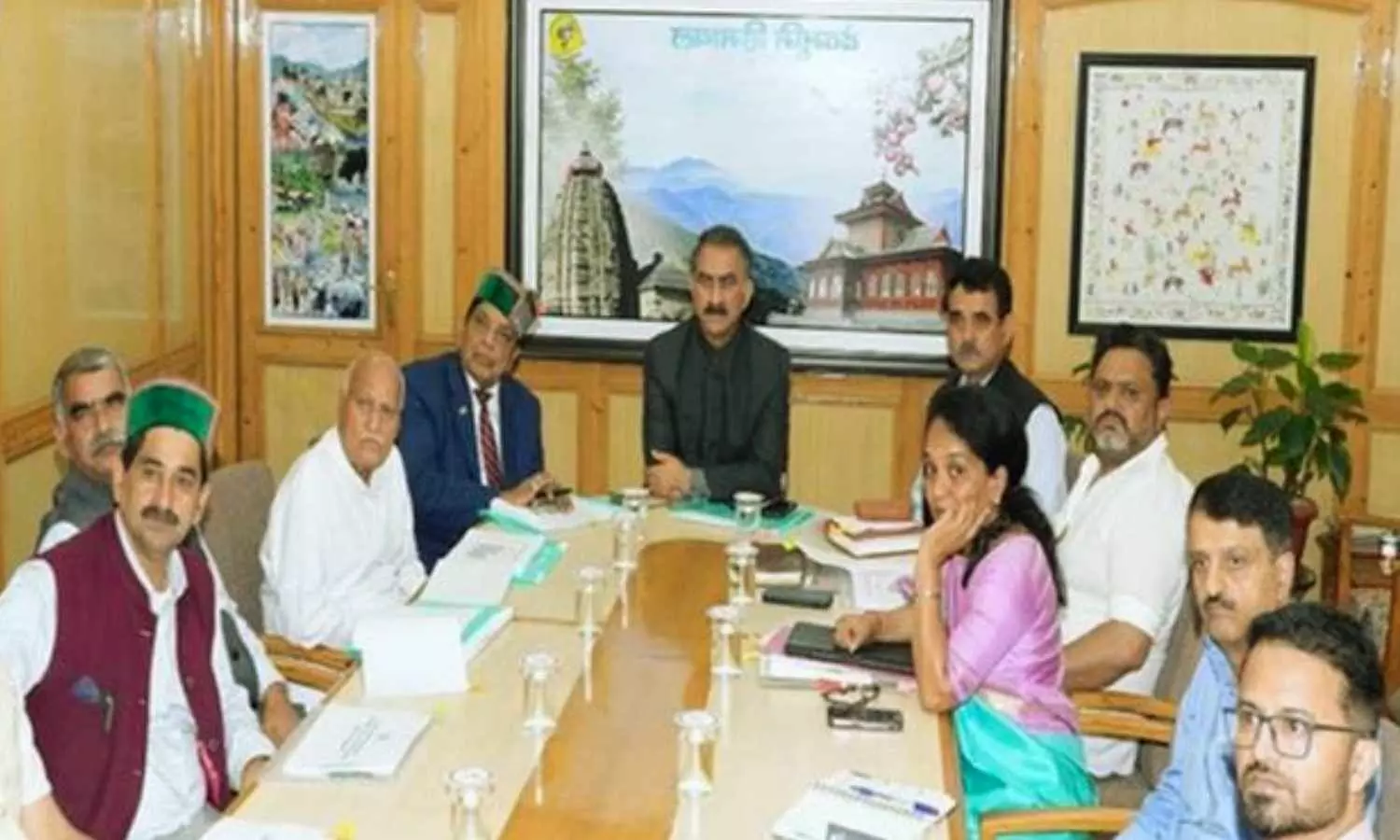Five year hypertension study provides further evidence of the benefits of fruit and vegetable consumption
Powered by WPeMatico
Powered by WPeMatico
Powered by WPeMatico
Powered by WPeMatico
Powered by WPeMatico
Powered by WPeMatico

Bangalore: Biocon has announced that the Company has received an Establishment Inspection Report (EIR) with
Voluntary Action Indicated (VAI) from the U.S. Food and Drug Administration (USFDA), for API facility (Site 5), located at Visakhapatnam, Andhra Pradesh.
Voluntary action indicated (VAI), means objectionable conditions or practices were found, but the agency is not prepared to take or recommend any administrative or regulatory action
This is based on a GMP inspection conducted by the agency between the 17th and 21st of June, 2024.
“Biocon remains committed to Quality, Safety & Efficacy of the products manufactured,” the Company stated in a BSE filing.
Read also: Submit CT data of Liraglutide pre-filled pen for type 2 DM: CDSCO Panel Tells Biocon Pharma
Biocon Limited, publicly listed in 2004, is an innovation-led, global biopharmaceutical company. It has developed and commercialized novel biologics, biosimilars and complex small molecule APIs in India and several key global markets, as well as generic formulations in the US and Europe.
Read also: USFDA inspection: Biocon gets 4 observations for Visakhapatnam API facility
Powered by WPeMatico

New Delhi: Health Minister J P Nadda informed on Monday that the budgetary allocations have gone up from Rs 33,278 crore in 2013-14 to Rs 90,958 crore in 2024-25 registering an increase of 164 per cent. Of the total budget, 55 per cent of the amount is spent through the National Health Mission (NHM).
The Minister also urged state governments to spend more on improving healthcare infrastructure and dismissed opposition allegations on the reduction of allocations under the PM-Ayushman Bharat Healthcare Infrastructure Mission (PM-ABHIM).
During a Lok Sabha debate on the health and family welfare ministry’s budget, Nadda highlighted the government’s accomplishments, including the rise in medical colleges, measures to lower out-of-pocket healthcare costs, and initiatives for early disease screening, such as for cancer and sickle cell anaemia.
According to a PTI report, the minister said, “We don’t believe in just making announcements. We believe in effective planning, ensuring last mile delivery, identifying bottlenecks in last mile delivery and taking steps to remove them”.
Also Read:JP Nadda Announces PM Modi’s Plan to Establish Over 17 AIIMS in Every Region
Nadda dared Trinamool Congress members, who were protesting, to tell the House why the West Bengal government had not shared the dengue registry with the Centre.
On opposition claims on reduction of funds for the health infrastructure mission, the health minister said states were able to spend just Rs 1,806 crore out of the budgetary allocation of Rs 4,200 crore in last year’s budget.
“We are giving money, but it is not spent. You spend the money, we will allocate more funds if the existing funds are spent,” Nadda said, adding that Rs 3,200 crore have been earmarked for PM-ABHIM this year, news agency PTI reported.
Speaking about the infrastructure of Primary Healthcare and Tertiary Healthcare Centres, the Health Minister informed that under the Modi government, a total of 22 AIIMS were sanctioned out of which 18 are operational and four are under construction. Mr Nadda further informed that the government is implementing Pradhan Mantri Bhartiya Janaushadhi Pariyojana to provide quality and affordable medicines to patients.
He said, under this scheme, a total of 13 thousand outlets of Janaushadhi Kendras are operational and the Modi government has decided to open 25 thousand more such Kendras in the next five years. He added that the initiatives taken in the Union Budget 2024-25 will have a far-reaching impact.
Powered by WPeMatico

China: Real-world evidence from a target trial emulation study has shed light on the promising role of statins in the primary prevention of Cardiovascular diseases (CVDs) and all-cause mortality in old (aged 75 to 84 years) and very old (aged ≥85 years) adults.
The study published in the Annals of Internal Medicine concluded the reduction of CVD after statin therapy in patients aged 75 years or older without any evident adverse effects. Additionally, statin therapy was found to be beneficial and safe in adults aged 85 years or older.
Statins are considered potent medication for the prevention of cardiovascular events in patients who already have coronary heart disease and with little information available regarding the use of statins in older age individuals, scientists stride up to research to investigate the benefits and risks associated with the use of statins in primary prevention of (CVDs) in old (aged 75 to 84 years) and very old adults (aged ≥85 years).
With this aim, Wanchun Xu, Department of Family Medicine and Primary Care, Li Ka Shing Faculty of Medicine, The University of Hong Kong, Hong Kong Special Administrative Region, China, and colleagues enrolled individuals aged 75 years or older who exhibited signs of initiating statin therapy from January 2008 to December 2015. Also, individuals with preexisting diagnosed CVDs at baseline, like coronary heart disease (CHD), were excluded from the study.
Within 69981 eligible participants aged 75 to 84 years and 14555 participants aged 85 years or older, 41884 and 9457 had a history of CHD equivalents (for instance, diabetes) in the respective age groups.
Research indicated the following findings:
• Out of 42680 matched person-trials aged 75 to 84 years and 5390 matched person-trials aged 85 years or older, 9676 and 1600 of them developed CVDs in each age group.
• A decrease in overall CVD incidence risk reduction was observed for initiating statin therapy in adults aged 75 to 84 years (5-year standardized risk reduction, 1.20%), (intention-to-treat [ITT] analysis 5.00%) and in those aged 85 years or older (ITT: 4.44%)
• No risks of myopathies and liver dysfunction were observed.
The researcher concluded, “There might be limitations associated because of confounding factors such as diet and physical activity that could interfere with study results.”
Reference
Xu W, Lee AL, Lam CLK, Danaei G, Wan EYF. Benefits and Risks Associated With Statin Therapy for Primary Prevention in Old and Very Old Adults : Real-World Evidence From a Target Trial Emulation Study. Ann Intern Med. 2024 Jun;177(6):701-710. doi: 10.7326/M24-0004.
Powered by WPeMatico

USA: A leadless left ventricular (LV) using ultrasound energy is promising as a viable alternative for patients with failed coronary sinus (CS) lead placement for cardiac resynchronization therapy (CRT), the SOLVE-CRT study has shown.
“In the prospective clinical trial involving 183 patients, 80.9% experienced no device- or procedure-related adverse events, while the average reduction in mean LV end-systolic volume was 16.4%,” the researchers reported in JAMA Cardiology.
Heart failure (HF), a condition where the heart is unable to pump blood effectively, affects millions of people worldwide. For many patients, cardiac resynchronization therapy is a crucial treatment. Traditionally, CRT involves implanting a device with leads that stimulate the heart to improve its rhythm and function. However, this approach requires invasive procedures and carries risks associated with lead placement and device-related complications.
Previous studies have shown that about 40% of patients with HF who are eligible for CRT either fail to respond or are untreatable due to anatomical constraints. Considering this, Jagmeet P. Singh, Massachusetts General Hospital, Harvard Medical School, Boston, Massachusetts, and colleagues assess the efficacy and safety of a novel, leadless, LV endocardial pacing system for patients at high risk for a CRT upgrade or whose CS lead placement/pacing with a conventional CRT system failed.
The SOLVE-CRT study was a prospective multicenter trial conducted from 2018 through 2022, with follow-up data collected up to March 2023. It analyzed data from both an initial randomized, double-blind study involving 108 participants and a subsequent single-arm study with 75 participants. The trial spanned 36 centers across Australia, Europe, and the US and included patients who were nonresponders, previously untreatable (PU), or high-risk upgrades (HRU). All participants were included in the safety analysis, while the primary efficacy analysis focused on 100 patients, including 75 from the single-arm portion and 25 from the randomized treatment arm.
In the trial, patients were treated with the WiSE CRT System (EBR Systems), which featured a leadless LV endocardial pacing electrode stimulated using ultrasound energy delivered by a subcutaneously implanted transmitter and battery. The primary safety endpoint was the rate of freedom from type I complications, while the primary efficacy endpoint was the reduction in mean LV end-systolic volume (LVESV).
The study led to the following findings:
“The SOLVE-CRT study has shown that using the WiSE CRT system for leadless LV endocardial pacing leads to a reduction in LVESV in heart failure patients. This innovative system could offer an alternative to traditional CRT implants for certain populations with heart failure,” the researchers concluded.
Reference:
Singh JP, Rinaldi CA, Sanders P, et al. Leadless Ultrasound-Based Cardiac Resynchronization System in Heart Failure. JAMA Cardiol. Published online July 31, 2024. doi:10.1001/jamacardio.2024.2050
Powered by WPeMatico

Shimla: The government is likely to create adequate infrastructure and strengthen the existing resources in all the Medical colleges of the State stated Chief Minister Sukhvinder Singh Sukhu while presiding over the review meeting of Indira Gandhi Medical College and Hospital (IGMC) and Dr Rajendra Prasad Govt. Medical College & Hospital (RPGMCH) Tanda.
He also emphasized the need for adequate deployment of specialist doctors and staff in these institutions.
The health institutions be upgraded keeping in mind the future requirements besides modern techniques in health sector and should create the resources accordingly, emphasized the Chief Minister. He also instructed to increase the number of postgraduate seats in medical colleges and to identify and address deficiencies. He said that for qualitative health care, a staff nurse would be deployed for every six patients to ensure quality medical care.
Also Read:IGMC Shimla to get 600 Staff Nurses, 43 Operation Theatre Assistants: CM Sukhu
While reviewing the ongoing works and different projects in Dr Rajendra Prasad Medical College, Tanda, the Chief Minister said that the waiting time for consultations with doctors would be reduced while the counselling periods needs to be extended. He also directed to increase the number of registration counters to facilitate the people.
He said that a ‘Center of Excellence in Mental Health’ was being developed in Tanda with 100 bed capacity which would be operational soon and the B.Sc Nursing classes would also be commenced here.
It was informed in the meeting that in the year 2023, as many as 605,489 patients were treated in Tanda Medical College and hospital which includes 72069 patients by medicine unit, 56124 were attended by Orthopedics and in general surgery 25856 were treated.
The Chief Minister approved the filling of various posts including that of specialist doctors, paramedics and other categories in the Tanda Medical College.
While reviewing the present status of Indira Gandhi Medical College, Shimla, the Chief Minister directed for filling and creation of various posts so as to ensure world-class healthcare facilities to the people. He emphasized that all decisions related to health institutions should be taken with a broad perspective in public welfare. He assured of additional budgetary provisions for the maintenance of various buildings in the college.
It was informed that in 2023, the Indira Gandhi Medical College had treated 872,829 patients across various departments viz: medicine, ortho, surgery etc. The Atal Institute of Medical Super Specialties at Chamyana in Shimla was also being strengthened to provide best of medical facilities and care to the patients.
Health Minister, Dr. (Col) Dhani Ram Shandil, Agriculture Minister Chander Kumar, Technical Education Minister, Rajesh Dharmani, Chief Parliamentary Secretary Sanjay Awasthy, Deputy Chief Whip, Kewal Singh Pathania, Vice-Chairman State Planning Board Bhawani Singh Pathania, MLA’s Sanjay Rattan, Malendar Rajan and Harish Janaratha, Secretary Health, M. Sudha Devi, Secretary to CM, Rakesh Kanwar were also present in the meeting amongst others senior officers.
Also Read:Dadasiba Civil Hospital to be upgraded in phases, says Himachal CM Sukhu
Powered by WPeMatico
